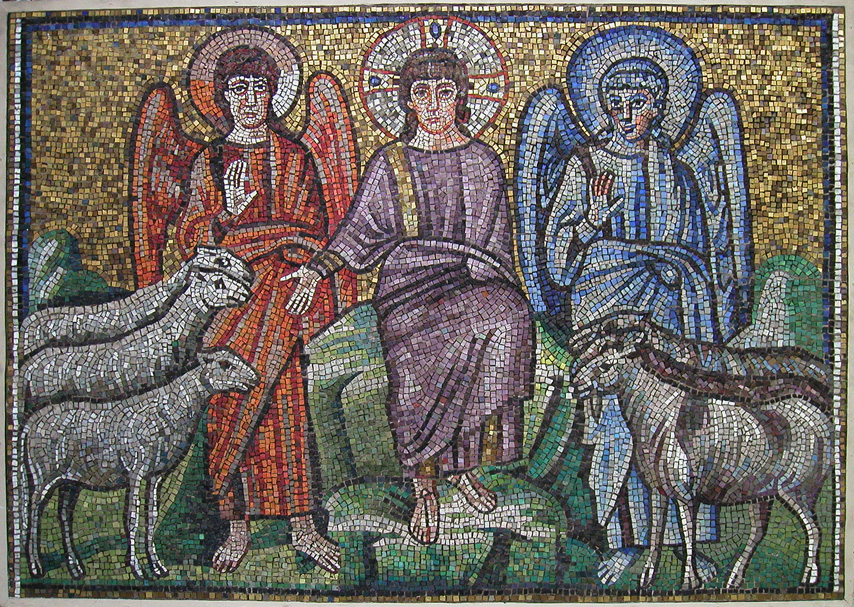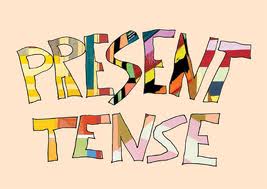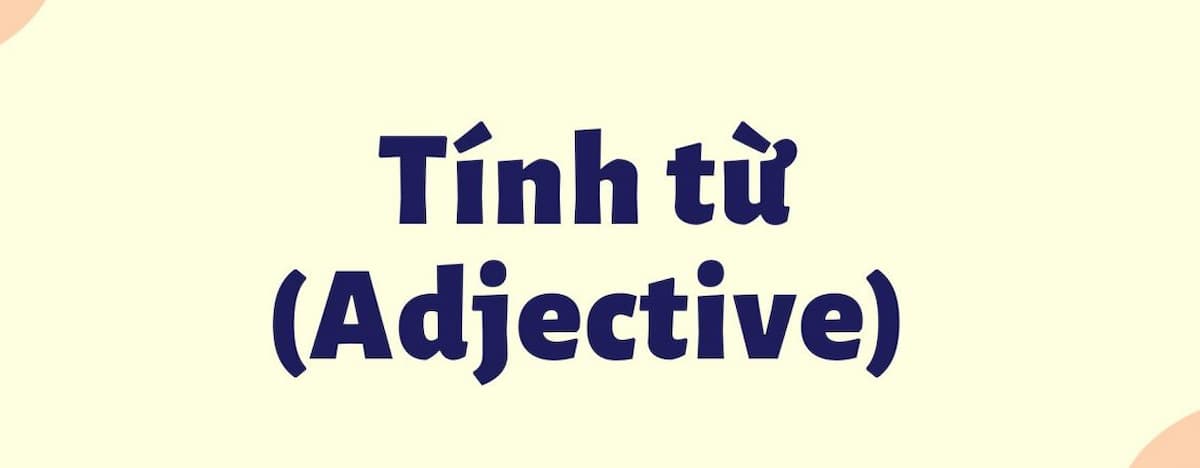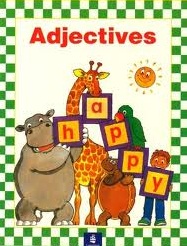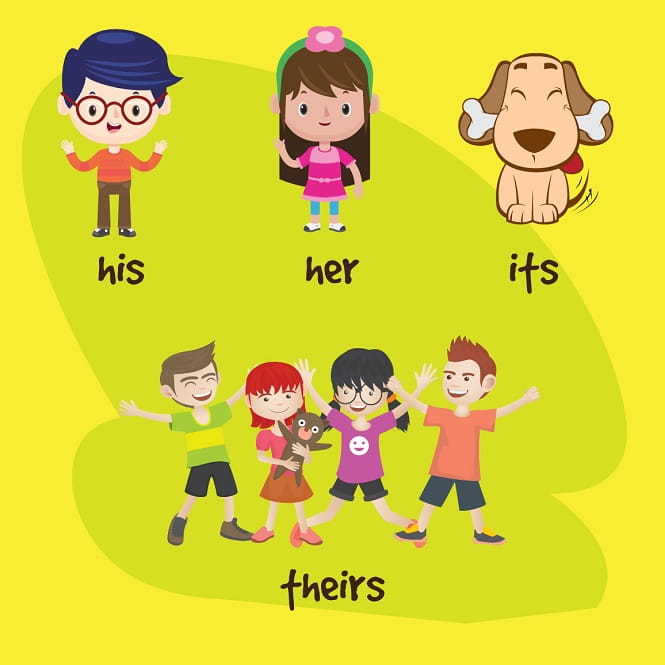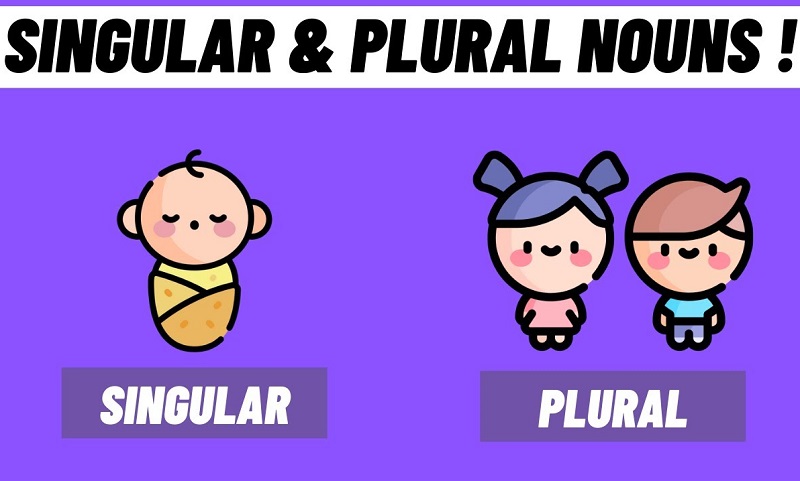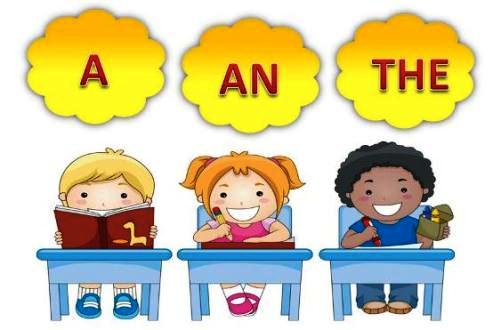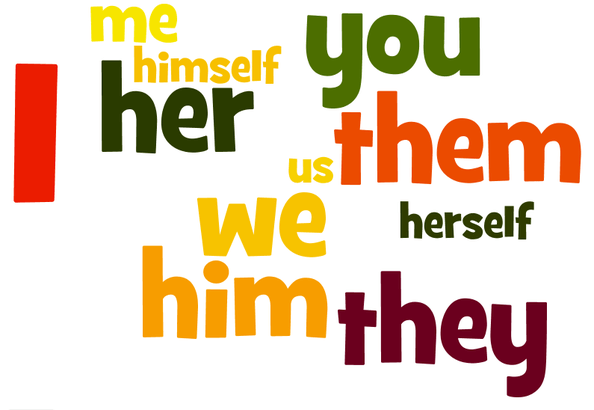If today is the final judgment, what would you do? Would you be like a baptized lawyer who did not practice faith his whole life. When he knew that he had only three days to live, he hastened to his house to find the bible. His wife was surprised and saying, “did someone reconvert you?” He kept looking at the bible and answered “no! I am trying to find some weak points in the bible so that I can defend myself in the final judgment.”
What would you do in the final judgment? The answer is you can do nothing but wait for God’s judgment. The righteous will enjoy the reward of eternal life while the others will be punished in the eternal death. Nevertheless, if you have opportunities to make your choice between Heaven and Hell, Life and Death, what would you choose? It is urgent for us to make our choices right now.
“When the Son of Man comes in his glory, he will separate them one from another, as a shepherd separates the sheep from the goats” (25:31-32). Here, the gospel emphasizes the separation at the final judgment. There are only two categories, namely sheep and goats. Why were the sheep preferred over the goats while their values are mostly equal? I suggest that we look at their characteristics. Sheep are often considered as meek and gentle animals. They know the shepherd and obey his directions. Thus, they stand for the righteous. In contrast, goats have many negative characteristics, so they represent for the unrighteous. For example, they stink, they butt, they are over-sexed, they are quarrelsome, they have horns like the devil, they use their horn to attach the sheep, they destroy pastures and pollute the water, and so on. What group do you think you belong to? If you are meek, gentle, and obedient, then you are among the sheep. If you do evil deeds, then you are among the goats. Remember there are only two groups, either sheep or goats. Your actions in the present express your choices to belong to either of these groups. Be wise to make your choices.
It is true that evildoers deserve punishments. However, the gospel today tells us another attitude that causes punishments. Do you realize that those on the left were not condemned for their evil deeds? The king says to them that:
“I was hungry, and you gave me no food, I was thirsty, and you gave me no drink, a stranger and you gave me no welcome, naked and you gave me no clothing, ill and in prison, and you did not care for me.” (25:42-43)
The main reason for their condemnation is that they did not do good deeds. Especially, they did not care for one of the least ones to whom God identifies himself. I believe most people here are keeping very well the first aspect of righteousness, shunning evil works. However, I would like to remind you of the second aspect, doing good works. There are many people being neglected around us. They need our care. You do not need to do something beyond your capacities, but you can start from little things of caring for others, such as be generous to the needy, be compassionate to the sufferings, and be merciful to those who offend you. Whenever you accomplish a good work like this, you deposit to your spiritual budget which is to buy your insurance to enter the paradise. You do not have to find any weak points in the bible like the lawyer I mentioned at the beginning. Your good works will defend you in the final judgment.
Brothers and Sisters! We belong to the sheepfold of God who does not want anyone lost. God wants all of us to inherit the kingdom prepared for us from the foundation of the world, but the choice is ours. Our lives now are the great opportunity for making our choice. Make your choice before too late. May we make wise choice so that, on the last day, we will be placed at the right side of the king.

